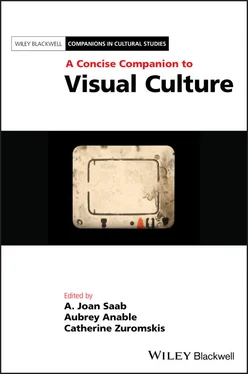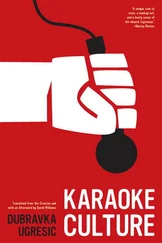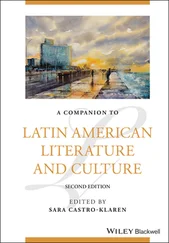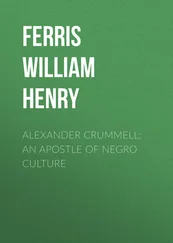Hiller, an American‐born artist living and working in the United Kingdom, is captivated by archives and, like Rauschenberg, is a creator for whom the archive is itself an artistic medium. Originally trained as an anthropologist, since her first exhibition in 1973 she has created multimedia works that comment on the epistemologies of the encyclopedia, the vitrine, the museum, the photographic collection, and the natural history display. The archive is prominently featured, for example, in her large installation work From the Freud Museum (1991–7), for which she collected curious objects (a Ouija board, glass vials filled with liquid and sealed in wax, small toys, masks, ceramic dolls’ heads, photographs, the hand of an automaton Gypsy fortuneteller, stone arrowheads, earth samples, bars of soap, string, paper puppets, etc.); then she ordered them in fifty tan archival cartons, “neat in their boxes,” and labeled them, thereby mimicking “the archiving techniques of the archaeological museum” (Robinson 2004, 99). They are arranged on shelves behind glass, with their lids open, so that their compartments, precisely fitted to the curious artifacts they contain, perform their work of preservation in a way that is, strangely, both clinical and loving ( Figure 7.3).
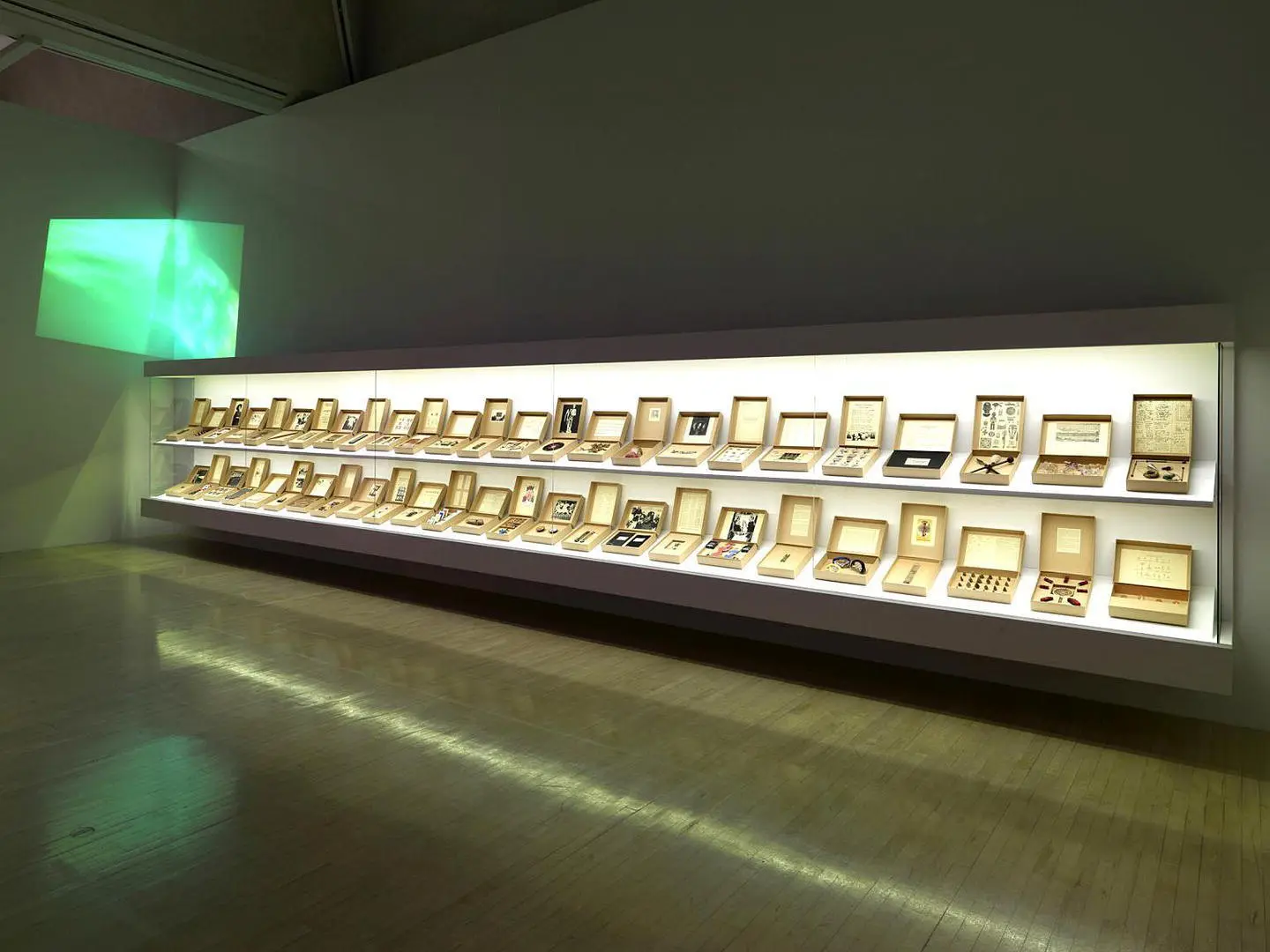
Figure 7.3 Susan Hiller, From the Freud Museum . 1993.
© Tate, London 2019. Courtesy Lisson Gallery.
This work, just like Derrida’s book on the archive, was inspired by the Freud Museum in Maresfield Gardens in London, where it was displayed in 1994. (This museum, by the way, is inspired by the character Hanold and contains a plaster copy of the Gradiva sculpture.) Hiller’s is a collection that contemplates Sigmund Freud as collector. In this grouping of carefully organized and preserved objects, which are at once random and without material value, “the theory of psychoanalysis,” Derrida (1998, 19) might suggest, “becomes a theory of the archive and not only a theory of memory.” In homage to Freud, the objects, texts, and images that Hiller gathered here become tokens of memory, yes, but also remnants of trauma, the material of dreams, fetishes for desire and fantasy.
The logic of their collection, the order of their presentation, the texts and labels that accompany them, all attempt historiographically to make sense of their non‐sense, to make meaning from their mess. “Let us note this at least on account of the archive,” Derrida (1998, 40) urges, “to recall that there could be no archiving without titles (hence without names and without the archontic principle of legitimization), without laws, without criteria of classification and of hierarchization, without order and without order, in the double sense of the word.” Taken together, these strange and estranging things are the oddments shaken up and tossed out by the archive of the mind.
Adam Phillips (2007, xi) asserts: “Psychoanalysis as a form of therapy works by attending to the patient’s side effects, what falls out of his pockets once he starts speaking.” In this lovely metaphor, Phillips links together the materiality and immateriality of psychoanalysis, the physical pathology tethered to the evanescence of memory, the things one carries around in the pockets of one’s mind made manifest in the elusive sound of the speaking voice. It is the hearer, the witness, or the analyst who finds and asserts a principle of organization on these sonic oddments, who converts the intangible sigh, stammer, or obscure tone into evidence and into a trace (as elusive as Gradiva) of the real.
Like Hiller’s earlier work, Witness (Hiller 2000) deploys the habits of the archive, but it also builds upon the fundamentally sonic nature of the psychoanalyst’s auditory art. It is here that sound simultaneously makes manifest and troubles the archive’s limit, the line that marks its outside. Susan Hiller collected hundreds of recordings of people from around the world who described encounters with UFOs and alien creatures. The audio sculpture consists of 400 small round speakers, each suspended—like the microphone in Resnais’s film—at different heights from cords attached to the ceiling in a circular pattern ( Figure 7.4). Witness was first shown at an abandoned echoing chapel in London and then, in 2011, at the artist’s retrospective at Tate Britain. Participants initially experience the work as a dense forest of wires in a darkened room, eerily lit from above, from which emanates a low whispering—the murmur of human voices. The participant moves from one randomly chosen speaker to the next, putting each to her ear and listening to voices that describe an array of unnatural occurrences. Like the analysand, these 327 witnesses speaking in a variety of languages attempt, each, to give words to the terror, shock, rupture, beauty, and wonder produced by an inherently fugitive experience, an experience that, like a dream or a fantasy, is invariably puzzling to the dreamer and met with skepticism by the listener.
Hiller’s art installation exposes the archive’s hard edge; it draws attention to the place of its commencement. Ironically, however, by doing so, it also challenges that boundary, which circumscribes what is inside and protects the archive’s totalizing logic, its grandiose claims of containing, to borrow Resnais’s title, all the memory of the world. All the more permeable for its rigidity, the archive’s (the museum’s) walls vibrate with what passes easily through them, what they cannot contain. In the end, as Steedman (2002, 18) explains, “the infinite heaps of things they recorded, the notes and traces that these people left behind, constitute practically nothing at all.” The “practically nothing” that rains down like dust on the archive constitutes what she describes as “the everyday disappointments [a word that means disarrangement or mess] that historians know they will find there” (9). As for the archive, the disarrangement of what is material and immaterial, real and imagined, visual and auditory, present and absent, explicable and inexplicable is this artwork’s most compelling, one might say eerie, effect.

Figure 7.4 Susan Hiller, Witness , 2000.
© Susan Hiller. Courtesy Lisson Gallery.
An anonymous woman from Australia, for example, explains that she was cleaning her sitting room one day and “suddenly I felt quite ill and thought I was going to be sick, so I sat down on the sofa to see if the sick feeling would subside. I then saw that I was not alone: there were three strange little people standing alongside the sofa, just looking at me” (Hiller 2000, 16). Even as one bears auditory witness to this report, even as its details are strange and estranging, hearing this woman’s story through the small speaker held to one’s ear produces an uncanny telepathy. Listen to the woman’s voice (her Australian accent) and just try not to picture the little people, the sofa, the middle‐class sitting room. It is impossible. Although Hiller did not include any images in this work, no photographs or drawings, no pictures to accompany the stories, they exist nonetheless in the mind of the listener. “Storytelling,” Hiller insists, “is a compelling art form because we see pictures through the power of the voice” (73). The alien and fleeting pictures drawn by this witness in the mind of the listener (the strange little people standing alongside the sofa) and by the other witnesses whose recorded voices animate the work (the UFOs, flashing lights, objects hovering in mid‐air or streaking past at terrific speed, cigar‐shaped vessels, flying disks, little men with enormous eyes) come to the art participant’s mind unbidden, enter her consciousness unexpectedly, ethereally, as sound. The art theorist Louise Milne (2004, 145) suggests that “the occult is the proper home less for the UFO itself [rather] than for its missing explanation .” We have no more explanation for the UFO than we have for the voices’ and the stories’ unearthly power to conjure images of things that are not there.
Читать дальше
